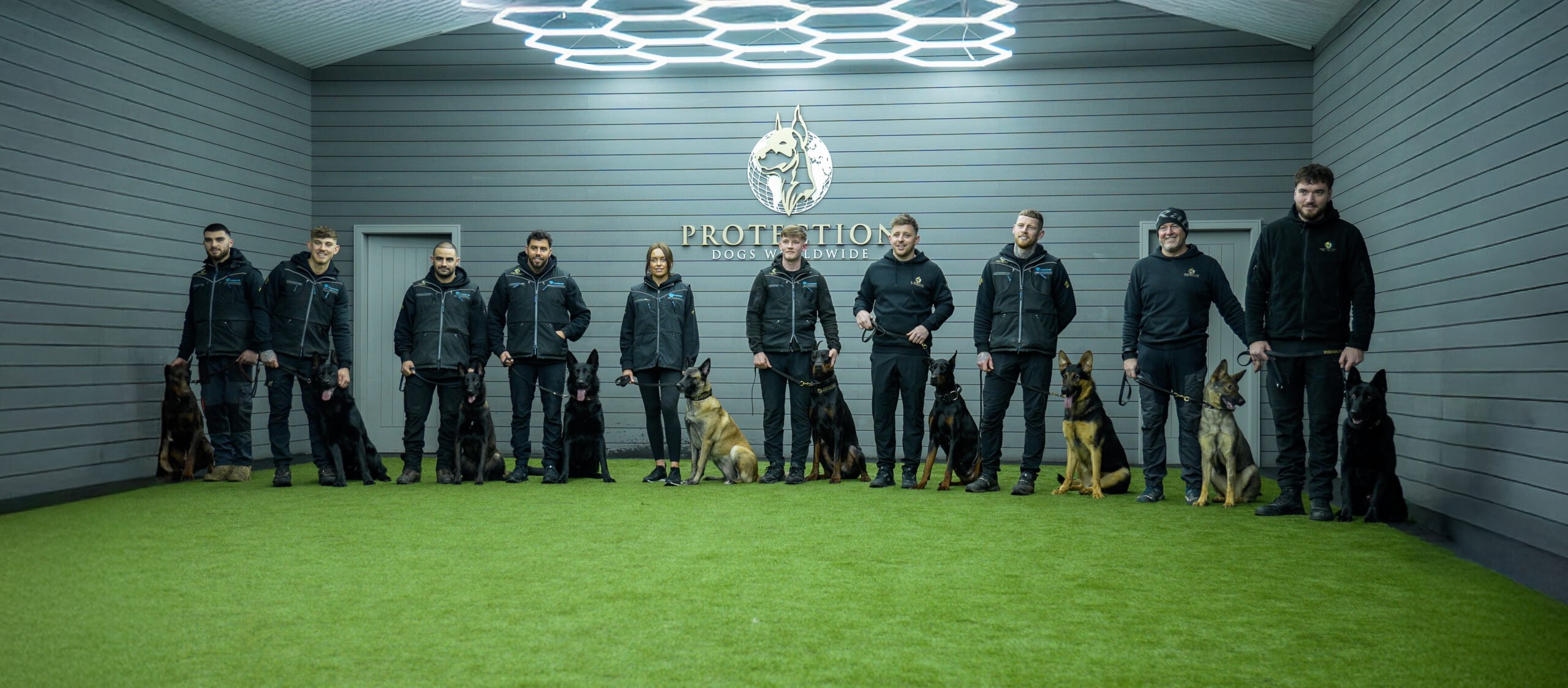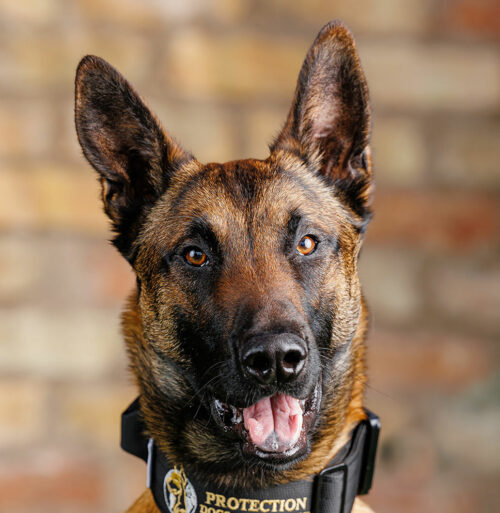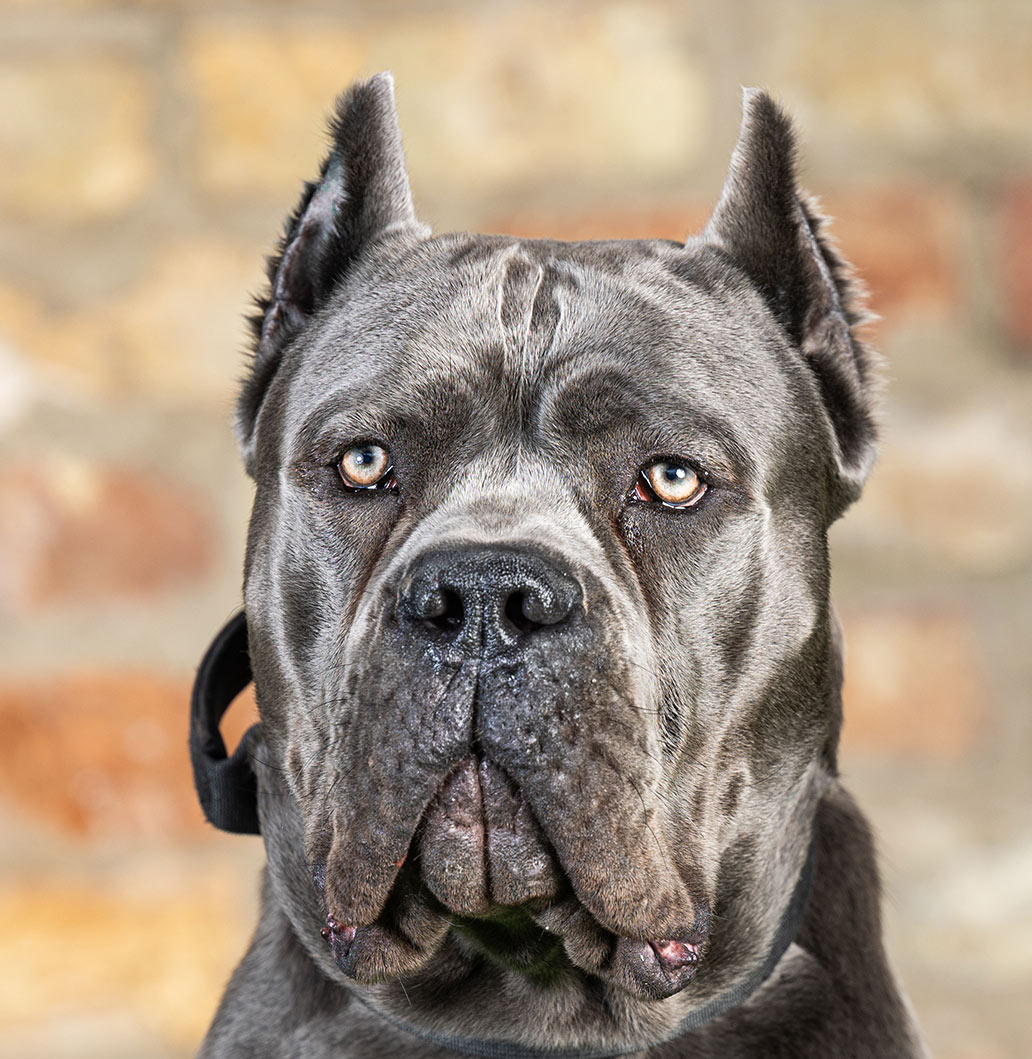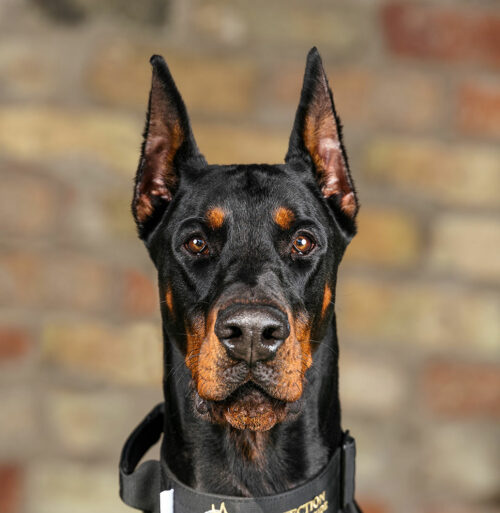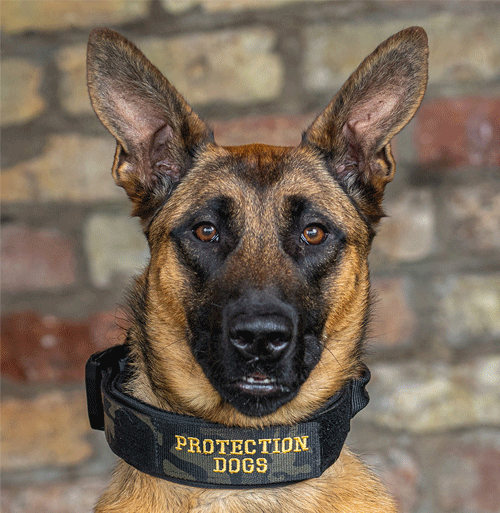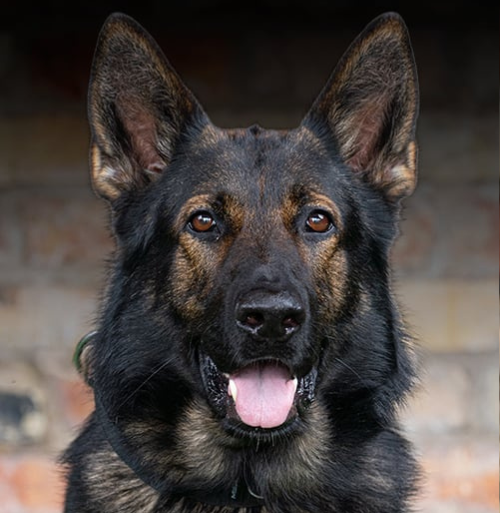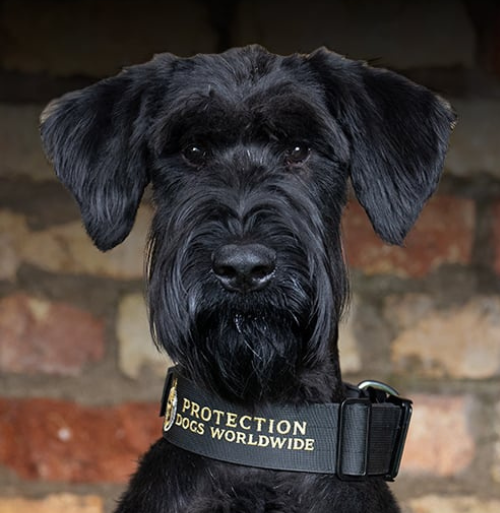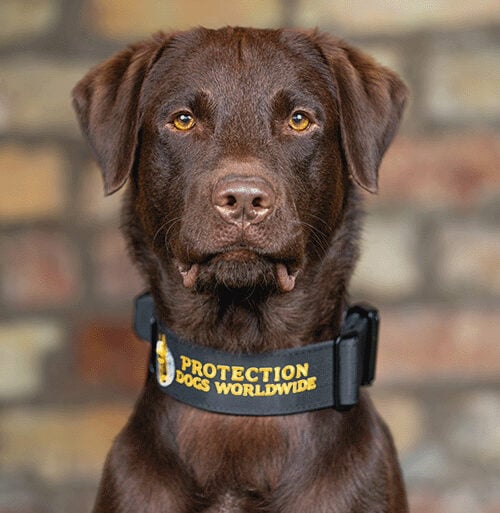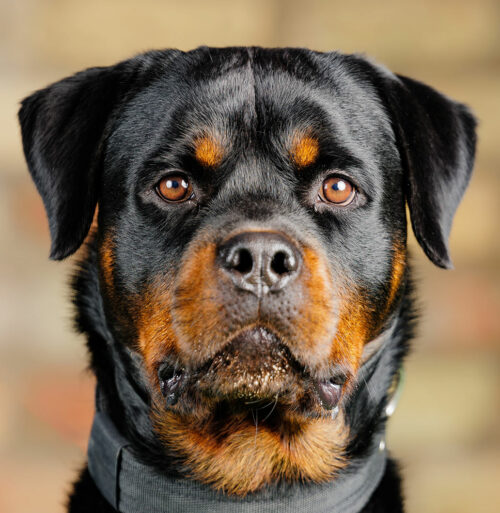13 January, 2023
Toys for Protection Dogs
Most dogs enjoy having access to and playing with toys. Toys allow dogs to express natural behaviours in a safe and non-destructive manner while enjoying themselves. Toys can be very useful when providing enrichment to protection dogs, and they offer high value in supporting training and overall wellbeing. One of our favourite toys for protection dogs is the Kong. While Kong is actually a company, it is best known for making a red rubber chew toy with a hollow centre. Widely known as simply “the Kong”, this toy is beloved by dogs and their owners alike. It is near indestructible,
 English
English
